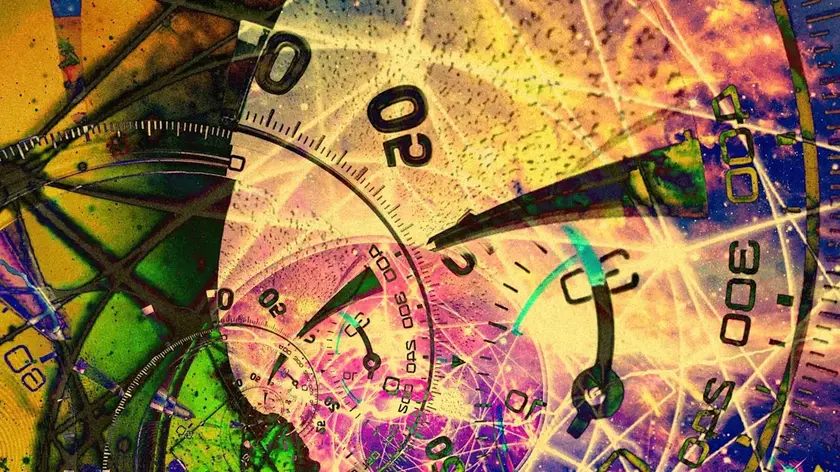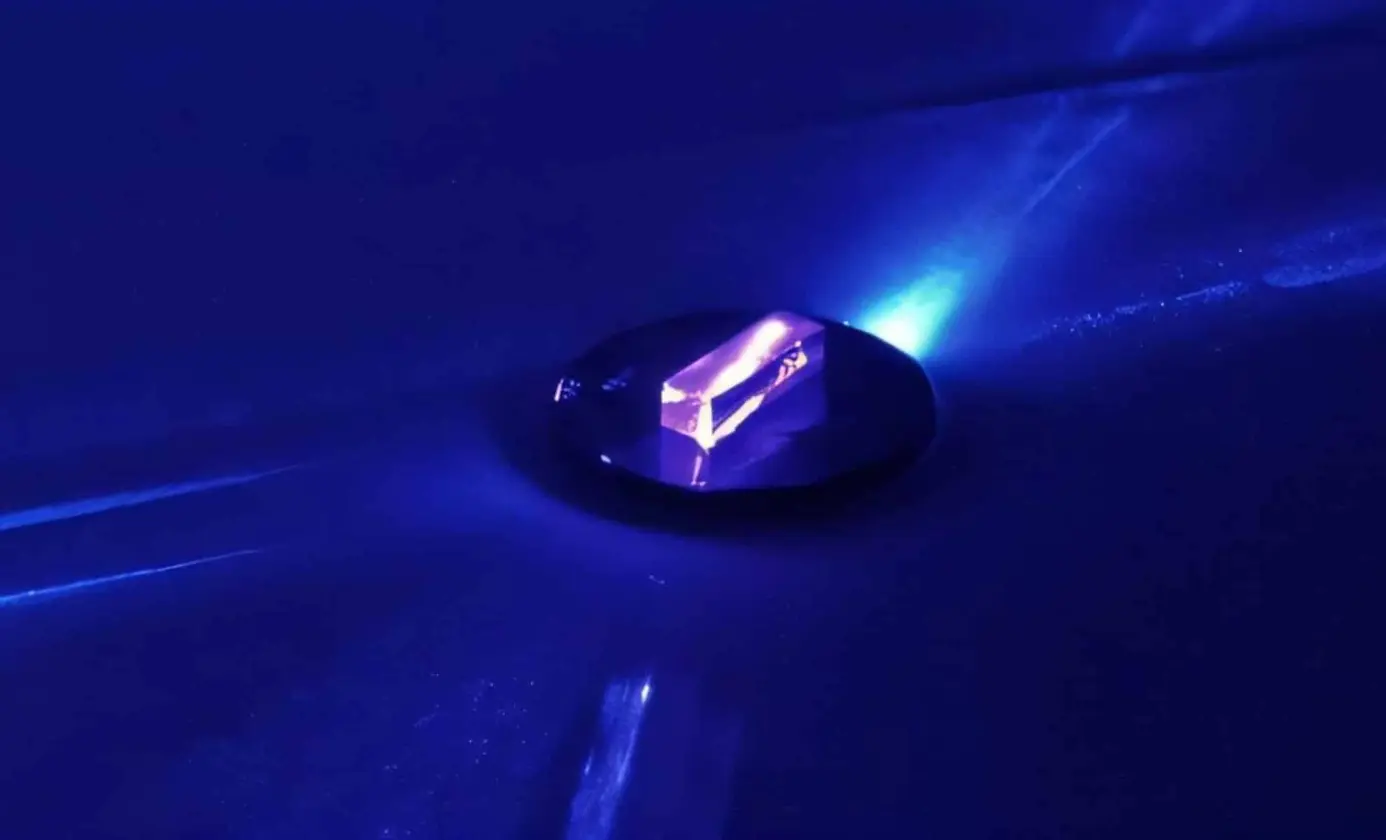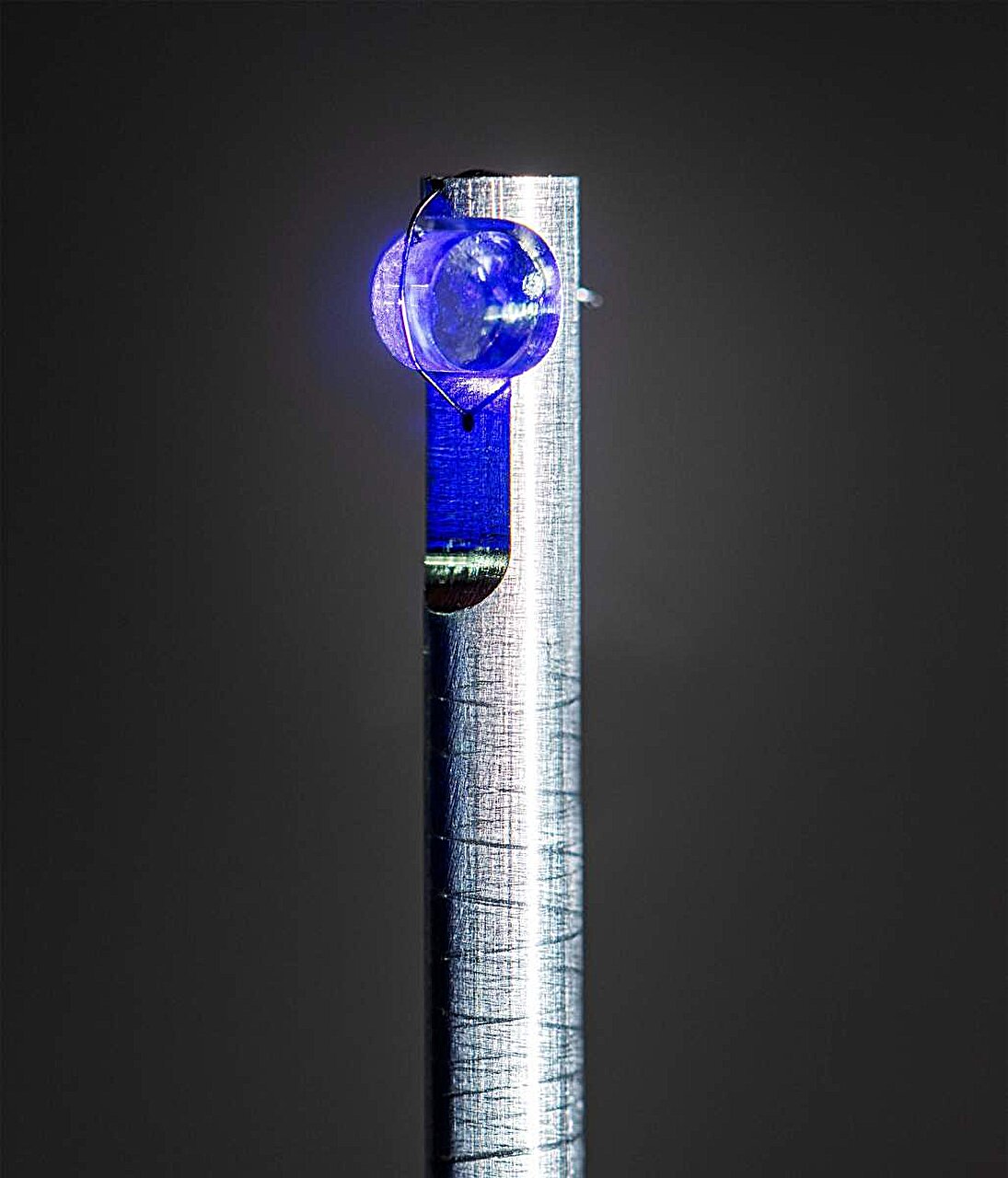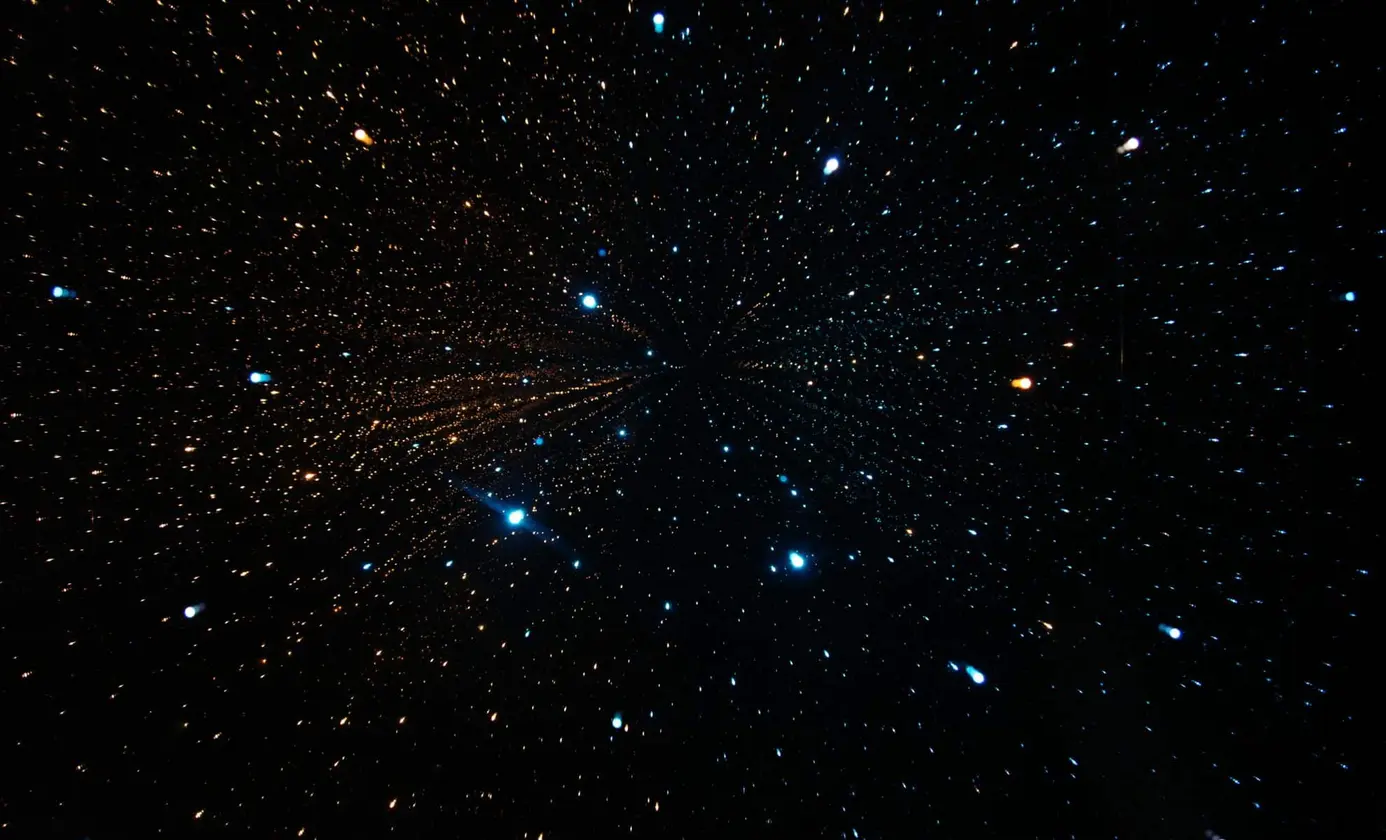T4K3.news
New dark matter detector goes underground
A sensitive detector using silicon skipper CCDs will be deployed 2 kilometers underground in the French Alps to search for lighter dark matter particles.

Researchers move a new dark matter detector deep underground to search for light particles beyond current methods.
We need to broaden our search, and now we can.
Scientists are rolling out the DAMIC-M detector, a compact array of silicon skipper CCDs designed to spot tiny electron recoils caused by light dark matter particles. By placing the instrument about 2 kilometers underground in the French Alps, researchers aim to reduce background noise and widen the search beyond traditional heavy-mass candidates.
Traditional dark matter detectors rely on heavy atoms like xenon to detect nucleus recoils, which misses lighter particles. Scaling from eight sensors to 208 will increase the chance of catching an interaction with electrons, potentially revealing particles lighter than WIMPs or constraining their traits. The effort relies on careful shielding using copper and lead, plus advanced silicon sensors to push the limits of what we can measure while keeping background signals low.
Key Takeaways
"Dark matter is one of the most important ingredients that shape our universe"
Norcini on the motivation behind broadening the search
"Trying to lock in on dark matter's signal is like trying to hear somebody whisper in a stadium full of people"
Norcini on the signal's faintness
"Our results show that our detector works as designed, and we are starting to map out this unexplored region"
Norcini on early results
Broadening the search signals a new phase in cosmology where scientists test a wider range of ideas. The promise of detecting lighter dark matter particles relies on technological leaps and patient, incremental progress. The project also highlights how long and uncertain the path can be, even when a team has strong theoretical reasons to search in new mass ranges.
International collaboration and scaling up the detector show how big science works today. If the new detector finds nothing, it will still map out where the mystery remains and guide future experiments. Either outcome helps refine our models and keeps the inquiry alive, even as doubt and doubt-fueled caution linger among funders and experts alike.
Highlights
- Dark matter hides in the quietest corners of the universe
- A deeper detector is a brave step into the unknown
- Smaller signals demand bigger imagination and better shielding
- This is science built on patience as much as ambition
The hunt for dark matter is as much about patience as ambition, and this project embodies both.
Enjoyed this? Let your friends know!
Related News

Dark matter idea gains new ground

Nuclear Clock Opens Hidden Universe

Breakthrough in Nuclear Clock Research Announced

Dark matter paths explored by new theories

New method to detect dark matter through thorium-229

Nuclear clock could reveal faint dark matter signals

New theory suggests hidden physics may exist

First double crystal channeling seen at LHC opens door to new physics
